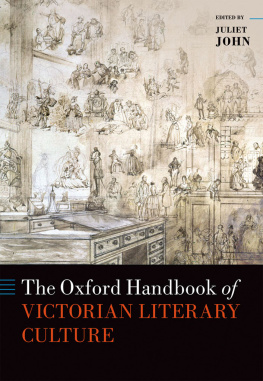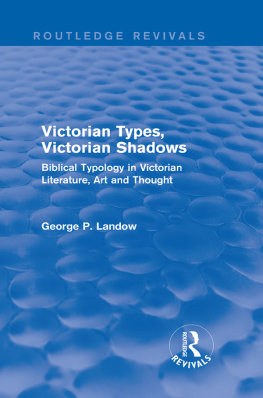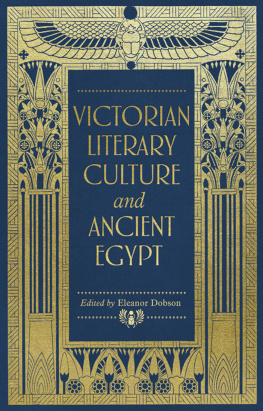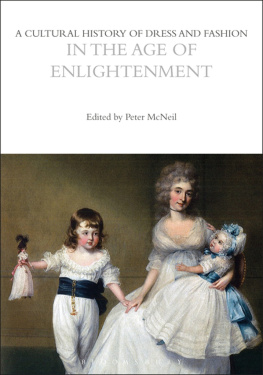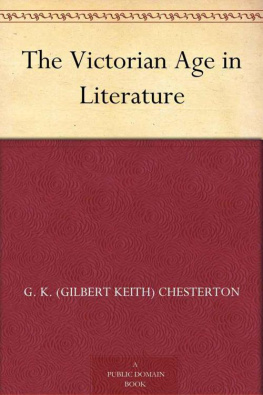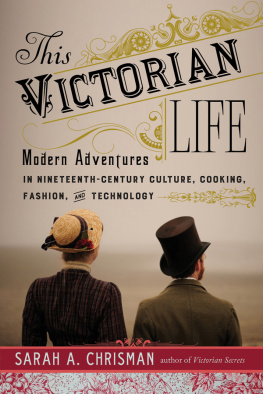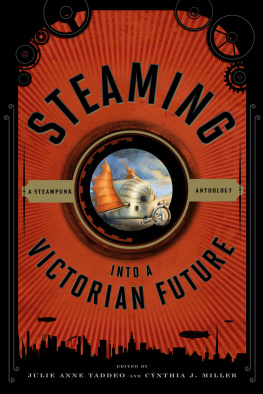Contents
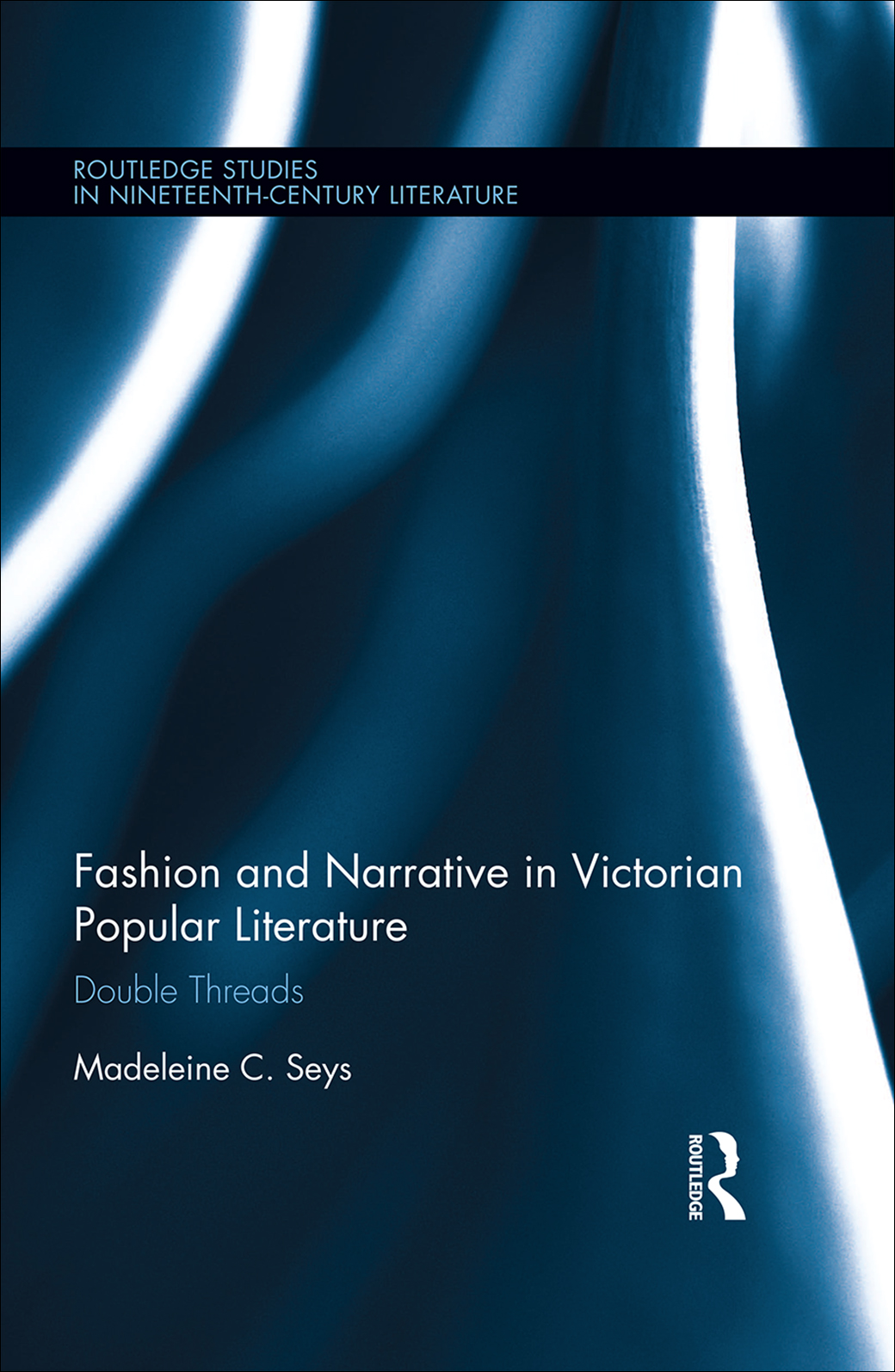
Fashion and Narrative in Victorian Popular Literature
By narrating a new story inter-weaving literature, dress culture and womens voices, Madeleine Seys turns what is for many readers the black and white Victorian world into colour.
Peter McNeil, Professor of Design History, University of Technology, Sydney
The way we dress says a lot about us. The importance of dress is impressed upon us as children, and reinforced by the culture surrounding us. Our dress speaks of the culture and era we come from and our social status within that culture. Our political views, religious beliefs, sexuality and countless other identifying traits can be hidden or revealed to the world by the choice of what to wear. This was absolutely true, famously so, in the Victorian era in which men and women alike wore their status and their subjectivity on their lavishly embellished sleeves. Dr. Madeleine Seys explores Victorian literary culture through the lens of fashion in her new book, Fashion and Narrative in Victorian Popular Literature: Double Threads, which sits at the intersection of the fields of Victorian literary studies, dress and material cultural studies, feminist literary criticism, and gender and sexuality studies.
Madeleine C. Seys is a Lecturer in the Department of English and Creative Writing at The University of Adelaide.
Routledge Studies in Nineteenth-Century Literature
For a full list of titles in this series, please visit www.routledge.com.
17 Walt Whitman and British Socialism
The Love of Comrades
Kirsten Harris
18 Dirt in Victorian Literature and Culture
Writing Materiality
Sabine Schlting
19 Walter Scotts Books
Reading the Waverley Novels
J.H. Alexander
20 Transatlantic Literature and Transitivity
Subjects, Texts, and Print Culture
Edited by Annika Bautz and Kathryn Gray
21 The Alice Books and the Contested Ground of the Natural World
Laura White
22 The Unknown Relatives
The Catholic as the Other in the Victorian Novel
Monika Mazurek
23 Girlhood and Evangelicalism in the Nineteenth Century
Allison Giffen and Robin Cadwallader
24 Anglo-American Travelers and the Hotel Experience in Nineteenth-Century Literature
Nation, Hospitality, Travel Writing
Edited by Monika Elbert and Susanne Schmid
25 Fashion and Narrative in Victorian Popular Literature
Double Threads
Madeleine C. Seys
First published 2018
by Routledge
711 Third Avenue, New York, NY 10017
and by Routledge
2 Park Square, Milton Park, Abingdon, Oxon OX14 4RN
Routledge is an imprint of the Taylor & Francis Group, an informa business
2018 Taylor & Francis
The right of Madeleine C. Seys to be identified as author of this work has been asserted by her in accordance with sections 77 and 78 of the Copyright, Designs and Patents Act 1988.
All rights reserved. No part of this book may be reprinted or reproduced or utilised in any form or by any electronic, mechanical, or other means, now known or hereafter invented, including photocopying and recording, or in any information storage or retrieval system, without permission in writing from the publishers.
Trademark notice: Product or corporate names may be trademarks or registered trademarks, and are used only for identification and explanation without intent to infringe.
Library of Congress Cataloging-in-Publication Data
CIP data has been applied for.
ISBN: 978-1-138-71015-3 (hbk)
ISBN: 978-1-315-18980-2 (ebk)
Typeset in Sabon
by codeMantra
I dedicate this work and all of the passion and style that inform it to my most beloved family: my mother Gillian Seys and my sister Genevieve Seys, and my partner, muse and soulmate Charlotte (Charlie) Kelso. You are the threads that hold my life together, the warps to my weft.
I dedicate this book, too, to all those who dress with style and individuality and read these stories.
This book owes a great deal to the inspiration, encouragement and guidance of others.
This project has its roots in a long-fostered interest in Victorian dress, social history, and literature and in the way in which we fashion our identities and tell our stories through the clothes we wear.
Thanks must go to my Mum, Gillian Seys, for instilling in me a love of dress, cloth, needle and thread, and books from a very young age. For teaching me to read and write through the language of cloth and, thus, providing me with the linguistic and textural vocabulary which drives this analysis, I owe her boundless thanks. Thanks to Gill for her ceaseless love and supporting me in everything I do.
To Genevieve Seys, sister, helpmate, and dear friend, for all of the ways she has helped me throughout writing this book, I cannot thank her enough. Thanks to Genevieve for her meticulous proof-reading, peppered always with wit, kindness and love.
To my partner in all things, Charlotte (Charlie) Kelso, for giving her unceasing love and support, for inspiring and motivating me, for sharing her style and wit, and for taking my hand when I felt lost, thank you my darling.
To Gill, Genevieve and Charlie, for all of their love and for being the threads that hold my life together, thank you endlessly. I could not have done it without you all.
Copious thanks to Dr. Mandy Treagus for supervising this project in its iteration as a doctoral thesis and providing support and advice in rewriting it as this monograph. For all of her guidance, humour, expertise and friendship, I extend many thanks.
Thanks to the staff and students in the Department of English and Creative Writing at The University of Adelaide and the members of the Australasian Victorian Studies Association who have heard spinets of this research over the last six years and provided feedback and encouragement. Especial thanks to Maggie Tonkin, Heather Kerr, Carolyn Lake, and Jennifer Liston, whose friendship and support has been invaluable.
Thank you to my editors at Routledge for their guidance, professionalism, and expert assistance.
Costumes can be read as easily as any text.
(Summers 19)
The heroines of Victorian popular literature are exceptional in their dress, not merely because they are fashionably and beautifully attired but because of the detailed description of their dress and its use in telling their stories. These heroines are angelic women in white muslin, passionate femmes fatales or aesthetes in rich silks and velvets, mysterious women in red Paisley shawls, [New] Women in Grey, and rational-dressing or cross-dressing writers and politicians. In Victorian popular literature, the heroines dress functions within the structures of characterisation, narration, and genre. In a broader sense, sartorial description indicates a novels engagement with contemporary ideas of femininity and sexuality, and their representations in literature. Dress identifies the heroine and sets her on a narrative trajectory; yet, it also provides the means for her to refashion herself and her story. The changes in the colour, texture, and style of dress represent her narrative development; in short, dress tells the heroines story.
In Victorian novels, the details of the heroines dress function not as frivolous embellishment but as signifiers to be read within their narratives. The materiality of dress is crucial to its function within a novel; the production histories of sartorial cloths and styles establish them as repositories of complex and contested narratives evoked in telling the heroines stories. The varieties of material texture, colour, and pattern, and their coalescence in a cloths visual effect, represent the use of the dress in various genres of popular literature. Dress functions as realist detail, fashion-plate jargon, artistic and sensual detail, expression of or analogy for individual character, disguise, socio-political and sexual symbol, and metaphor for narrative and representation themselves. The ephemerality of dress and its capacity to be fashioned lend a playful mutability and serious intentionality to its use in fiction, as heroines refashion their appearances, identities, and narratives. As material object and ephemeral fashion, dress also functions as a metaphor for popular literature and its negotiation of contemporary gender and literary politics.


